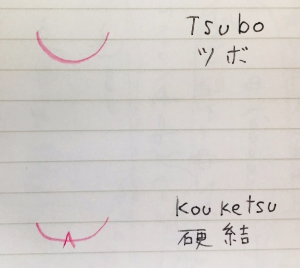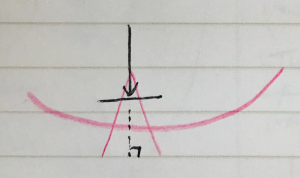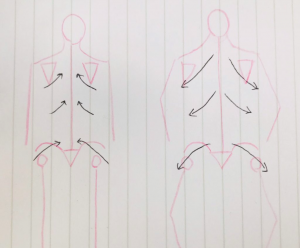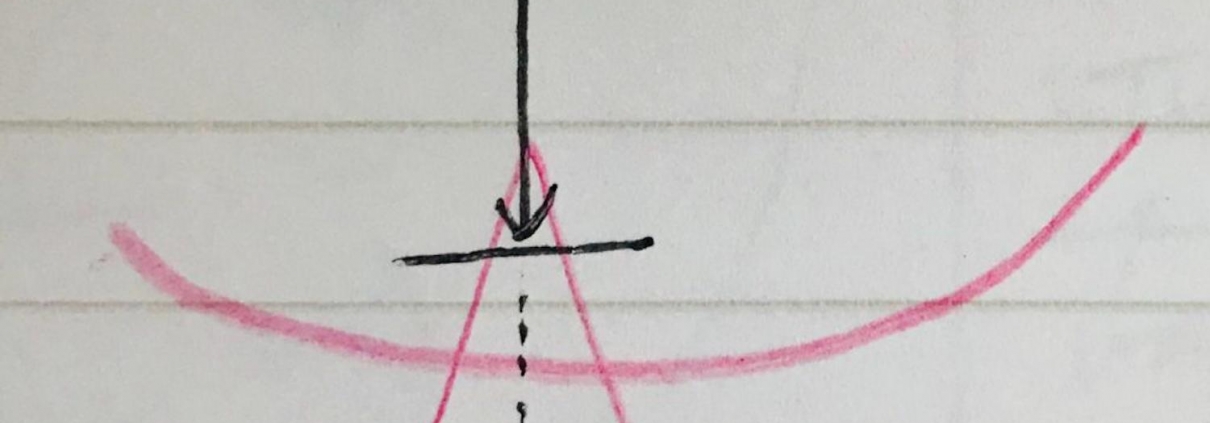Seitai vs Shiatsu, Massage
“What is the difference between Seitai and the other therapies (Shiatsu, Massage, etc.) ?”
This has been the most frequently asked question for me.
Unfortunately, so Imoto Seitai is the only one method I have learned to the depth that I am not able to give the answer with confidence.
However, I would like to leave here a humble note about the differences I suppose so, based on my experiences.
Respect for Life
The very first thing we learn when we initiate into Imoto Seitai is, “Never forget the deepest respect for Life”. Obviously devotion to learning the technique is important to the learner, meanwhile, sometimes they tend to forget “the training partner’s life” that is only one in the world, in the training process.
Even professional practitioners sometimes likely to touch the patients body as routine work, when they are busy, but we regard this as extremely rude behaviour for their lives. One of my teachers used to say that “If you forget the feeling of awe when you touch your patients, you should resign being a Seitai practitioner.
Kouketsu
If you have some interest in eastern medicine, you may know “Tsubo”, the vital point, that is actually a slight pit on your body surface. I have once heard the reason why it is called Tsubo (pot, in Japanese) , and that was because it contains a precious treasure in it. In Imoto Seitai, we are taught that there is a treasure that is called “Kouketsu” in this very subtle hollow.

Kouketsu is felt like a small grain of rock salt which has a sharp edge. When you succeed in catching the edge in a right angle and press it with your finger, specific stimulation would transfuse into your body and reverberate toward the problematic place in your body.

However, it is not enough to just give it a push, but necessary to press it in appropriate pressure and stand still in there for appropriate time to produce the effect. This “Kouketsu” had been one of the secret knowledge of some grand masters of Acupuncture. So they found it through their long time experiences, they cuddled it and have descended to only few disciples.
Although this part is a very fundamental of the Seitai techniques. Kouketsu will perform the maximum effect through some more procedure, but I shall omit that in here.
The central axis
As well as catching the Kouketsu in a right angle, we Imoto Seitai practitioners do “Gather the strength of the body into the centre of axis”.

This diagram is an extreme instance though, when you got tired, your posture may go from the left to the right, spreading out your scapulas and ribs laterally.
Human body has the power to gather their parts into the centre when they are fine, and in this time, so the spinal column supports their own weight that they do not feel it. Therefore they are able to move or think promptly and spontaneously.
Also when the human body’s strength gathered into the centre, an ineffectual strain would be solved and the body would relax, then hematic, lymphatic and neurological flow would improve. Therefore excretion of body wastes, superfluous fat, etc. would ameliorate, too.
In Imoto Seitai, practitioners are always conscious of this “gathering into the centre” thing during the treatment and the leading exercises. This is the principle on dynamics which Dr. Kuniaki Imoto have found through his long and enormous clinical experience.
Techniques of Imoto Seitai is compiled based on this principle, and we call it as “Jintai-Rikigaku(human body dynamics)”.


